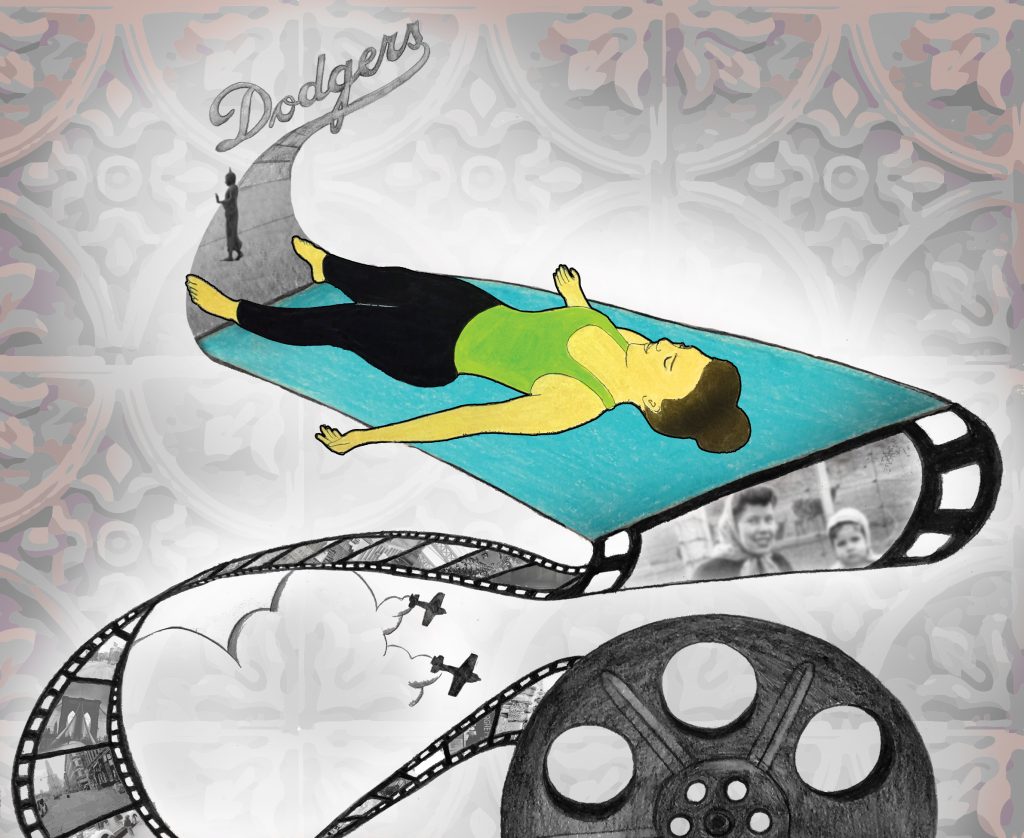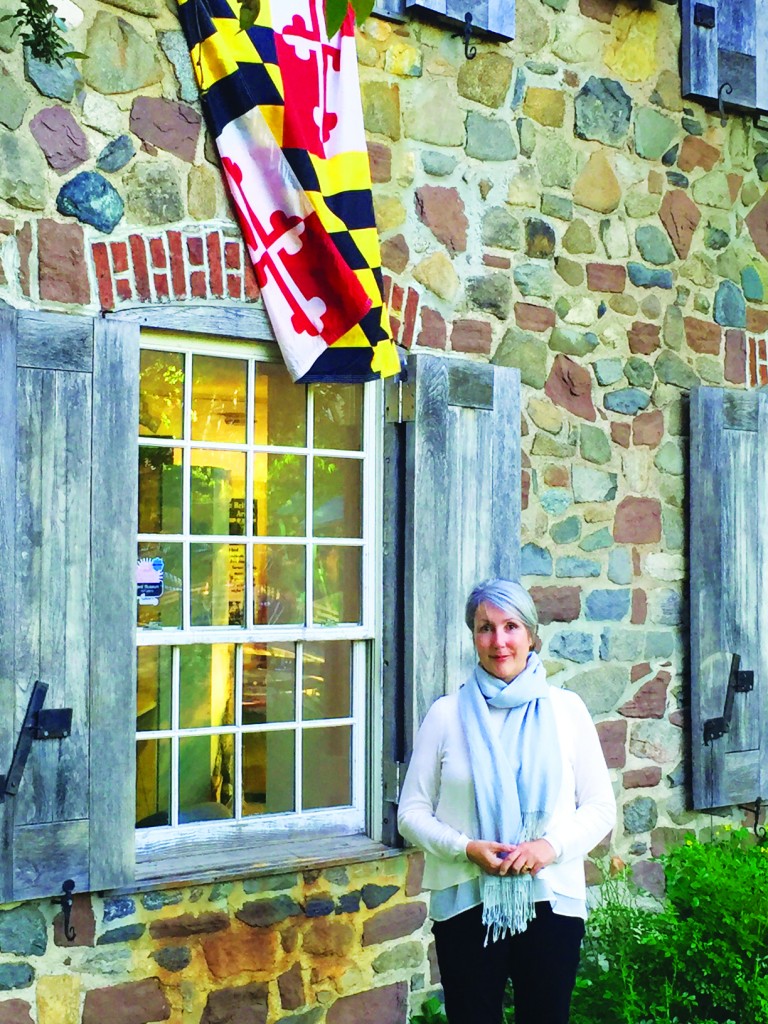
In the late 1930’s and 1940’s in New York, the city used funding to do a project on housing and commercial properties. They sent employees out to take photos of almost every home or building. The result was an archive of over 700,000 photos. I suppose the city wanted a record of what things looked like in what seems now like a simpler time of drab black and white. Were there things they could change? Improve? Eliminate? The photos were forgotten; stored away in the city’s archives. Since this was a borough-wide project, and the vaults have been open to the public since the late 1980’s, anyone is now able to glimpse a Park Slope, Brooklyn Heights, Cobble Hill, Boerum Hill, Carroll Gardens and Windsor Terrace frozen in time. These photos can be acquired from the city and bought for a small fee. These are visions of our Brooklyn that make us think of what remains. They are snapshots of longing.
The tin ceilings in our realm of Brooklyn turn the world a sepia tone. As we sip our cappuccinos’ in coffee shops that have kept their original architecture, perhaps we can hear a movie reel and recall that a quiet revolution was something that began in our neighborhoods with our own foreign voices. We remember this even though some of us weren’t even alive. So what is memory, really?
The vision of 1940’s Brooklyn does not evoke illusions of a yoga mat. Instead it brings to mind the cinched waists of young women in floral dresses, stoop ball, cigars, and baseball cards flapping in the spoke wheels of bicycles flying down Court Street. And although Yoga did exist in New York in the 1940’s, it was a hidden phenomenon. But how would our Brooklyn have looked if instead of biting our nails waiting for our boys to come home, we had sat on the floor without shoes or socks and said “Namaste”, the divine in me bows to the divine in you. What would those poses have taught us? What would our history books have looked like?
Buddha had an interesting take on love and memory. He said, “Love in the past – is only a memory. Love in the future – is only a fantasy. True love lives in the here and now.” Can this be right? Buddha’s words from 528 B.C. are a memory. They are just memory written down. Does that mean they are still alive? Does this mean Buddha is walking down Atlantic Avenue looking for a good vegan restaurant? Does it mean the 1940’s never died and if this is true then maybe the Brooklyn Dodgers are still playing baseball somewhere, maybe we never really went to war, maybe everything happens simultaneously and it depends on what scene we are taking place in at the moment. But no, that can’t be right. It isn’t right. Memory is the place that exists in our minds and if we can get a hold of our minds we can revisit memory anytime we want to.
Enter the yoga mat, the tin ceiling studio and the breath of not the past or the future, but of the here and now. Yoga requires one thing of us: to show up. We show up for many reasons. Most of the time we show up so that the nostalgia of our past Brooklyn’s won’t choke us. We show up so that we can relive those silent film memories while still letting them go. Shavasana is a good place for this kind of meditation. The end of every yoga class ends with Shavasana, also known as the “corpse position”. This title seems fitting for an idea of something like memory. After all, even our brief day-to-day moments are memories. Yet, what does lying on the ground still breathing teach us about recollecting our past? What can it enable us to do by learning from it?
My favorite thing to do during Shavasana is to visit the dead. And maybe lying on my back allows me a kind of closeness to the deceased that I may not encounter while standing up. Some yoga teachers, at the finality of their two-hour classes, offer a rare and valuable gem when they say, “during this resting pose you may choose to visit whoever you want or you may choose only to relax.” Who knows where some souls decide travel during the dreamlike wakefulness of Shavasana? What does Brooklyn begin to look like in these moments? Are the churches of Park Slope transformed slowly from red brick to a grey film? Do the old Italian bakeries in Carroll Gardens delicately fade into an illusory space on the avenue? What changes and what stays the same in the present moment?
In the 1940’s Yoga would have taught us patience, forgiveness and the art of letting go. Our history books would have stated as much. In some meditations the Brooklyn Dodgers are still playing baseball, the world never really went to war and yes the Buddha is walking down Atlantic Avenue, in search of fried chickpeas. Other visits to the yoga mat inform us that all of this is nonsense, nothing can be erased, and reality is reality. But then sometimes, as we close our eyes, perhaps the teacher passes by and puts her hands on our heads. Perhaps we are reminded of our grandparents, our parents, a child, a sister we lost, a brother we don’t speak to, or a stranger we once loved. The dead teach us to honor these memories, to hold them in our present hearts where we feel them. And it is in these moments when our realm of Brooklyn really does change. It transforms from a photograph to a live theatre production, from a silent film to a noisy one. The remnants of the past collide with the present. On our yoga mats we can see color, as if for the first time.

